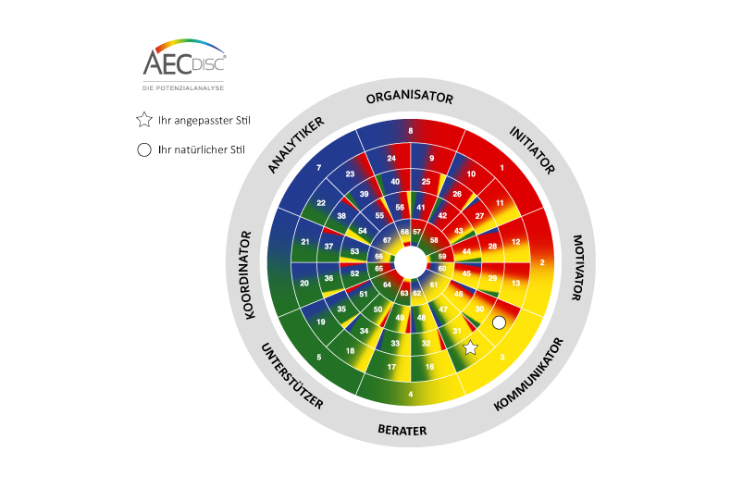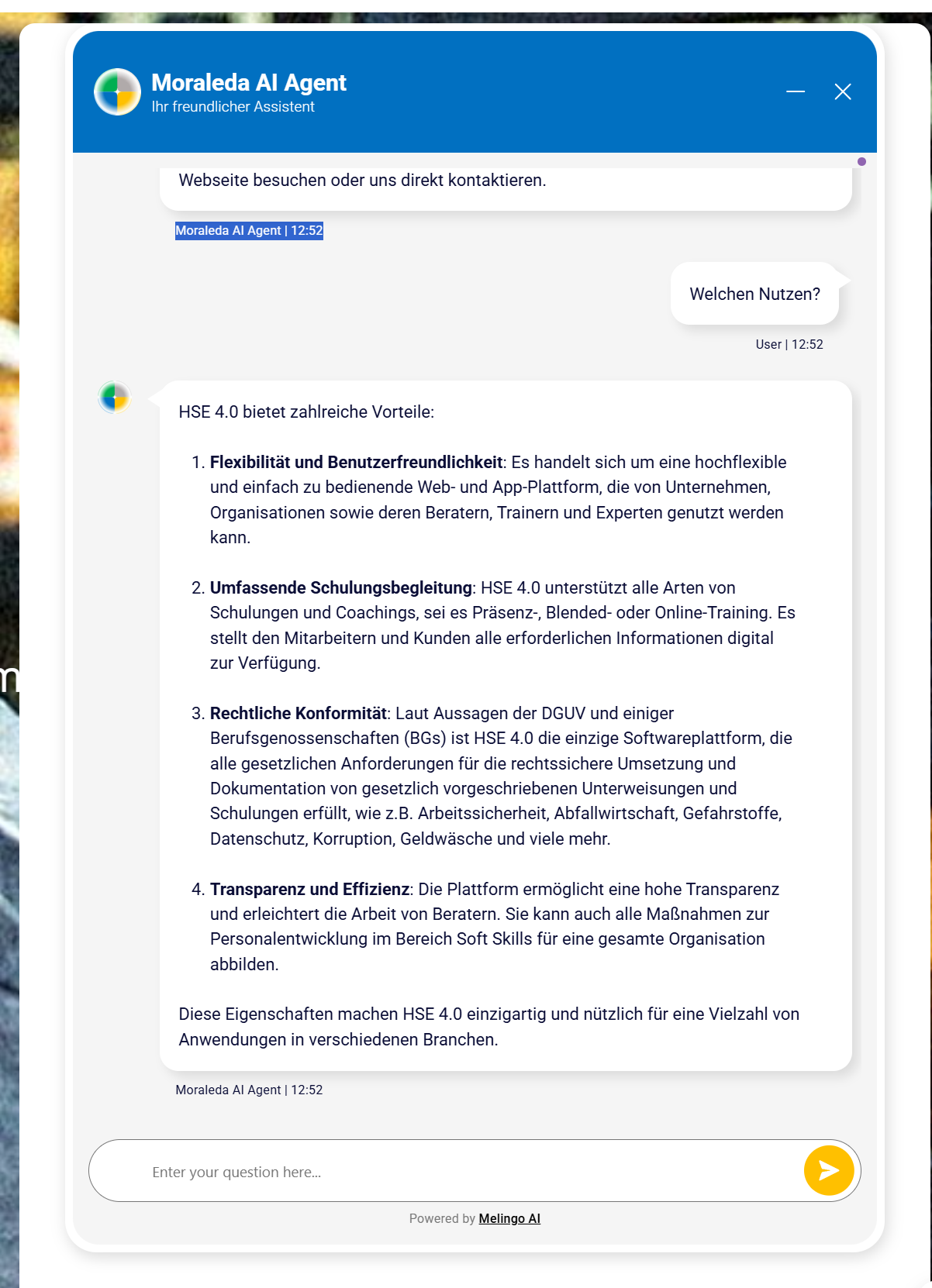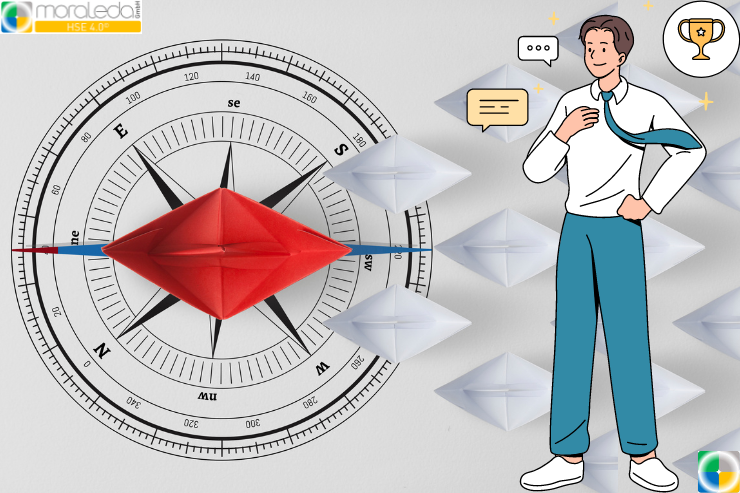AEC analysis (Architecture, Engineering, Construction) is becoming increasingly important in architecture and the construction industry. This process helps to optimize the planning, design and construction of buildings and make them more efficient. In this blog post we will shed light on howAEC-Analyseis used in Germany, what advantages it offers and how it influences the future of the industry.
What is AEC analysis?
AEC analysis refers to an integrated approach that combines architecture, engineering and construction to improve construction projects from the conception phase to completion. Using technologies such as Building Information Modeling (BIM), 3D modeling and other digital tools enables a comprehensive understanding of the entire construction process. This analysis allows potential problems to be identified early and solutions developed before they lead to costly delays.
The role of AEC analysis in Germany
In Germany, the construction industry is an essential part of the national economy. The application of AEC analysis plays a crucial role in overcoming the challenges associated with large construction projects. By integrating AEC analytics, German construction companies can:
- Increase efficiency: Accurate planning and monitoring of projects can significantly increase efficiency. This leads to a reduction in construction times and costs.
- Improve quality: AEC analysis makes it possible to create high quality structures by ensuring that all components of the construction project are carefully coordinated and checked.
- Promote sustainability: By analyzing materials and construction processes, more sustainable practices can be implemented that reduce the environmental footprint of construction projects.
Application of AEC analysis in German construction projects
Planning and design
The AEC analysis begins in the planning and design phase. Architects and engineers use BIM to create digital models of buildings. These models contain detailed information about all structural and technical aspects of the project. In Germany, many companies use BIM models to facilitate collaboration between different departments and to ensure seamless integration of all elements.
Cost and time management
Another important aspect of AEC analysis is cost and time management. By creating detailed schedules and cost estimates, construction companies can ensure projects stay on budget and on schedule. In Germany, construction companies use specialized software to create project schedules and manage resources efficiently. This helps to identify potential bottlenecks and take early action.
Quality control and safety
Quality control and safety in construction are also essential parts of the AEC analysis. Through regular checks and inspections, German construction companies can ensure that all building regulations and standards are adhered to. Using digital tools to monitor construction quality helps identify and address defects before they become major problems.
Sustainability and environmental compatibility
Germany has set ambitious climate protection goals, and the construction industry plays a key role in achieving these goals. AEC analysis helps promote sustainable practices by evaluating the use of environmentally friendly materials and technologies. By analyzing the entire life cycle costs of buildings, construction companies can make decisions that make long-term ecological and economic sense.
Advantages of AEC analysis
The AEC analysis offers a variety of advantages for the construction industry in Germany:
- Improved collaboration: By integrating architecture, engineering and construction, everyone involved can collaborate and share information more effectively. This leads to better coordination and a smoother flow of the construction process.
- Cost and time savings: Accurate planning and monitoring of projects can reduce costs and construction times. This helps complete projects within budget and schedule.
- Higher quality: AEC analysis enables continuous monitoring of construction quality, resulting in high quality end products.
- Nachhaltigkeit: By assessing the environmental impact of construction projects, more sustainable decisions can be made that reduce the environmental footprint.
Challenges and future prospects
Despite the many advantages, there are also challenges in implementing AEC analysis. One of the biggest challenges is the integration of new technologies and methods into existing workflows. Many German construction companies need to adapt their processes and systems to fully benefit from the benefits of AEC analysis.
Shopping online:https://moraleda.de/Shop/de/
Another important aspect is the training and further education of specialists. The implementation of new technologies requires well-trained personnel who are able to use these technologies effectively. In Germany there are a variety of training programs and continuing education measures aimed at improving the skills and knowledge of specialists.
The future of AEC analysis
The future of AEC analysis looks promising. With advancing digitalization and the use of new technologies such as artificial intelligence (AI) and Internet of Things (IoT), AEC analysis will continue to gain in importance. These technologies will make it possible to carry out even more precise and comprehensive analysis, leading to more efficient and sustainable construction projects.
In Germany, AEC analysis will play a key role in overcoming the challenges of the future. The construction industry will continue to benefit from the benefits of AEC analysis and develop innovative solutions to meet increasing demands.
Conclusion
The AEC analysis is an indispensable tool for architecture and the construction industry in Germany. By integrating architecture, engineering and construction, construction projects can be made more efficient, cost-effective and sustainable. Despite the implementation challenges, AEC analysis offers enormous benefits and will continue to play a central role in the construction industry in the future. The continuous development and application of new technologies will help to further improve AEC analysis and raise the construction industry in Germany to a new level.









